
In 2013 I happened to be in Dublin when an event called the Web Summit was on. Not having heard of it before, I was curious as to what it was and why it was some 10,000 people where attending it.
Started in 2010 with just 400 people in attendance, and originally called the Dublin Web Summit, it was targeted on all things internet related, for an audience ranging from CEO’s of big technology companies, through to technology start ups from around the globe. In just four years, and somewhat representative of the dynamic and all in compassing industry in which a number of us work, the event is now believed to have attracted over 20,000 people. And this year, included in its esteemed list of speakers the likes of Bono, Cisco’s Chief Technology and Strategy Officer Padmasree Warrior and Irish born John Collison, co founder of payment start up company Stripe.
Having recently returned from this years event, it was clear as you walk around that Ireland plc was also using it a as great opportunity to sell itself to the international audience that attended over the 3 days in Dublin, with estimates that some ¢100m is pumped into the local economy. So what of the event itself, and what part was Cisco playing? I hear you ask…
Cisco were one of the main sponsors of the of the machine summit, one of 8 stages at the Web summit. We also had a very well positioned stand in the entrance to the hall, that provided two great examples of the Internet of Everything in action. The first one was an example of how by building out a smart city infrastructure, connecting the many different elements of the traffic management systems for example, you can more effectively control traffic flow through urban developments. With some 138,000 additional people moving into urban environments around the world each day, the demands on cities and their transport infrastructure is only going to increase. So by connecting traffic lights, to blue light vehicles, and having the ability to prioritize the movement of these vehicles on they way to an emergency, you can quickly see the benefits for the local citizens.
The other example was how we are helping train operators deliver better Customer experiences to the travelers. By implementing Autonomic Networking into train carriages, you can dramatically simplify the process of arranging and numbering each carriage as they recognize the order in which that have been put together. If you then add to that the ability of passengers waiting on a platform to have visibility as to the seats that are free, on which carriage, and where that will be in relation to the station platform, together with being able to reserve that seat, all dynamically, the efficiency in which you are then able to get people into the carriages themselves can be dramatically increased and at the same time improve the travelers experience.
In addition to the Internet of Everything stand, we also had a couple of speaking slots. Adam Grennan, country manager for Ireland did a great job of highlighting the opportunity that Smart Cities provide to local government and citizens. With global populations migrate to urban areas, city leaders are challenged with resolving these complexities. They must confront overcrowding, pollution, resource constraints, inadequate infrastructure, and the need for continuing economic growth. In his presentation, Adam discussed how the use of intelligent networking capabilities can provide the information and services needed to address these challenges, while also creating more livable cities, together with additional revenue streams for local authorities.
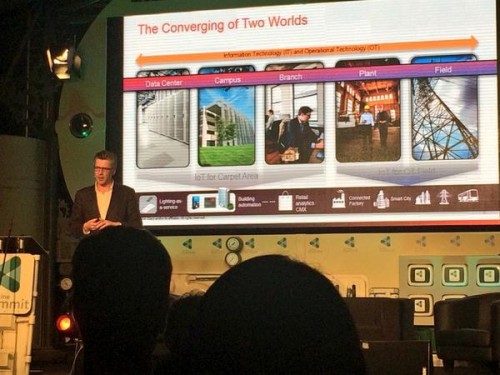 Later on in the week,I took to the machine summit stage to outline the challenges that need to be considered as we embrace IoT/IoE from a security point of view. With more and more of the 50 billion devices that are expected to be connected by 2020, being connected, the potential attack vector is rapidly increasing. I talked about the convergence of the two worlds of IT (Information Technology) and OT (Operational Technology) coming together, for example, HVAC (Heating Ventilation and Air Conditioning) coming together on a common IP infrastructure with the “traditional” IT devices. The challenge is, and we have seen some examples of this already, is that this OT world hasn’t traditionally had to worry about security given that the platforms have historically been siloed services within a building or a manufacturing plant for example. However, now that these platforms are being connected to the Internet to enable remote monitoring or maintenance, this suddenly opens up a new potential risk for many an organization. This is where an approach of “before, during, after” is required to ensure a suitable security mindset is considered.
Later on in the week,I took to the machine summit stage to outline the challenges that need to be considered as we embrace IoT/IoE from a security point of view. With more and more of the 50 billion devices that are expected to be connected by 2020, being connected, the potential attack vector is rapidly increasing. I talked about the convergence of the two worlds of IT (Information Technology) and OT (Operational Technology) coming together, for example, HVAC (Heating Ventilation and Air Conditioning) coming together on a common IP infrastructure with the “traditional” IT devices. The challenge is, and we have seen some examples of this already, is that this OT world hasn’t traditionally had to worry about security given that the platforms have historically been siloed services within a building or a manufacturing plant for example. However, now that these platforms are being connected to the Internet to enable remote monitoring or maintenance, this suddenly opens up a new potential risk for many an organization. This is where an approach of “before, during, after” is required to ensure a suitable security mindset is considered.
Having set the scene around some real life use case examples, I then facilitated a panel discussion on the topic with representations from Electric Imp, Google and Platfora. I would say the summary of which was security is clearly critical for the successful adoption of IoT/IoE and together with the ambition of organizations, be they large or small, the need to ensure there is an awareness of the challenges as these two world come together is key, together with a robust security strategy which reflects the evolving and dynamic security threats that exist.
Although on a separate stage, separated by some 800 meters and 2 hours in timing, I would like to think I was the warm up act to Bono who appeared later on the central stage talking (not singing) about a broad array of topics including how the technology has transformed the way music is produced and distributed.
All in all, it was a very interesting event, that again demonstrated how fundamental technology is becoming to all elements of society, and reinforces the Cisco view that in the not to distant future, every organization will be a digital organization.
Go dtí an chéad uair eile, slán a fhágáil do anois (Until next time, goodbye for now)
1 Comments
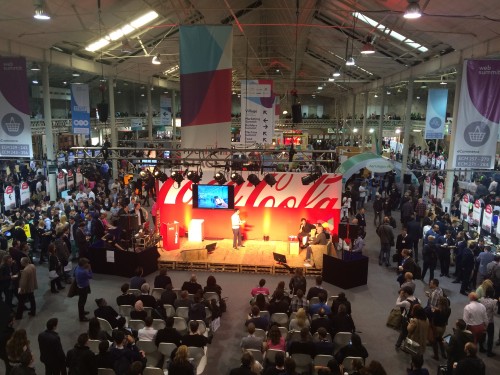
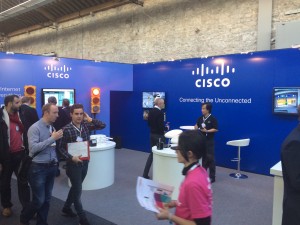
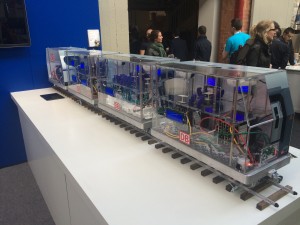
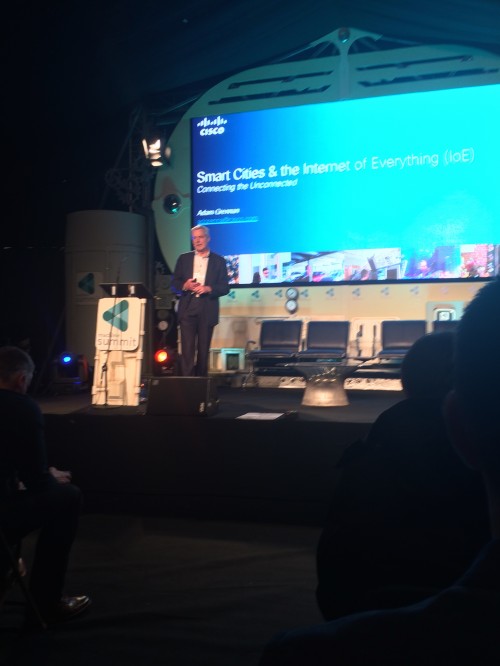

El Supremo solo ha anulado las cláusulas suelo que no se comercializaron correctamente
en tres entidades”, insistió.